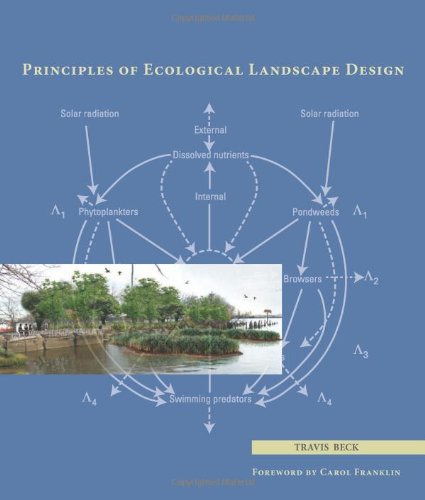Today, there is a growing demand for designed landscapes—from public parks to backyards—to be not only beautiful and functional, but also sustainable. Sustainability means more than just saving energy and resources. It requires integrating the landscapes we design with ecological systems. With Principles of Ecological Landscape Design, Travis Beck gives professionals and students the first book to translate the science of ecology into design practice.
This groundbreaking work explains key ecological concepts and their application to the design and management of sustainable landscapes. It covers biogeography and plant selection, assembling plant communities, competition and coexistence, designing ecosystems, materials cycling and soil ecology, plant-animal interactions, biodiversity and stability, disturbance and succession, landscape ecology, and global change. Beck draws on real world cases where professionals have put ecological principles to use in the built landscape.
The demand for this information is rising as professional associations like the American Society of Landscape Architects adopt new sustainability guidelines (SITES). But the need goes beyond certifications and rules. For constructed landscapes to perform as we need them to, we must get their underlying ecology right. Principles of Ecological Landscape Design provides the tools to do just that.






Principles of Ecological Landscape Design TRAVIS BECK DID A GREAT JOB. This is a well documented progression of ecological design and its structure in our landscapes. Key points reinforce the importance of understanding the niche, climate, and ecological conditions to design a naturally sustained landscape.
Comments are disabled for this post.